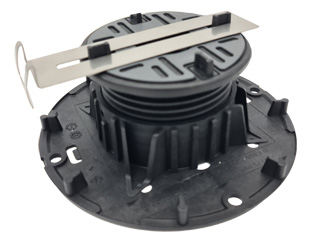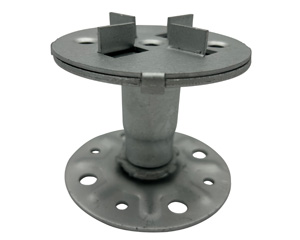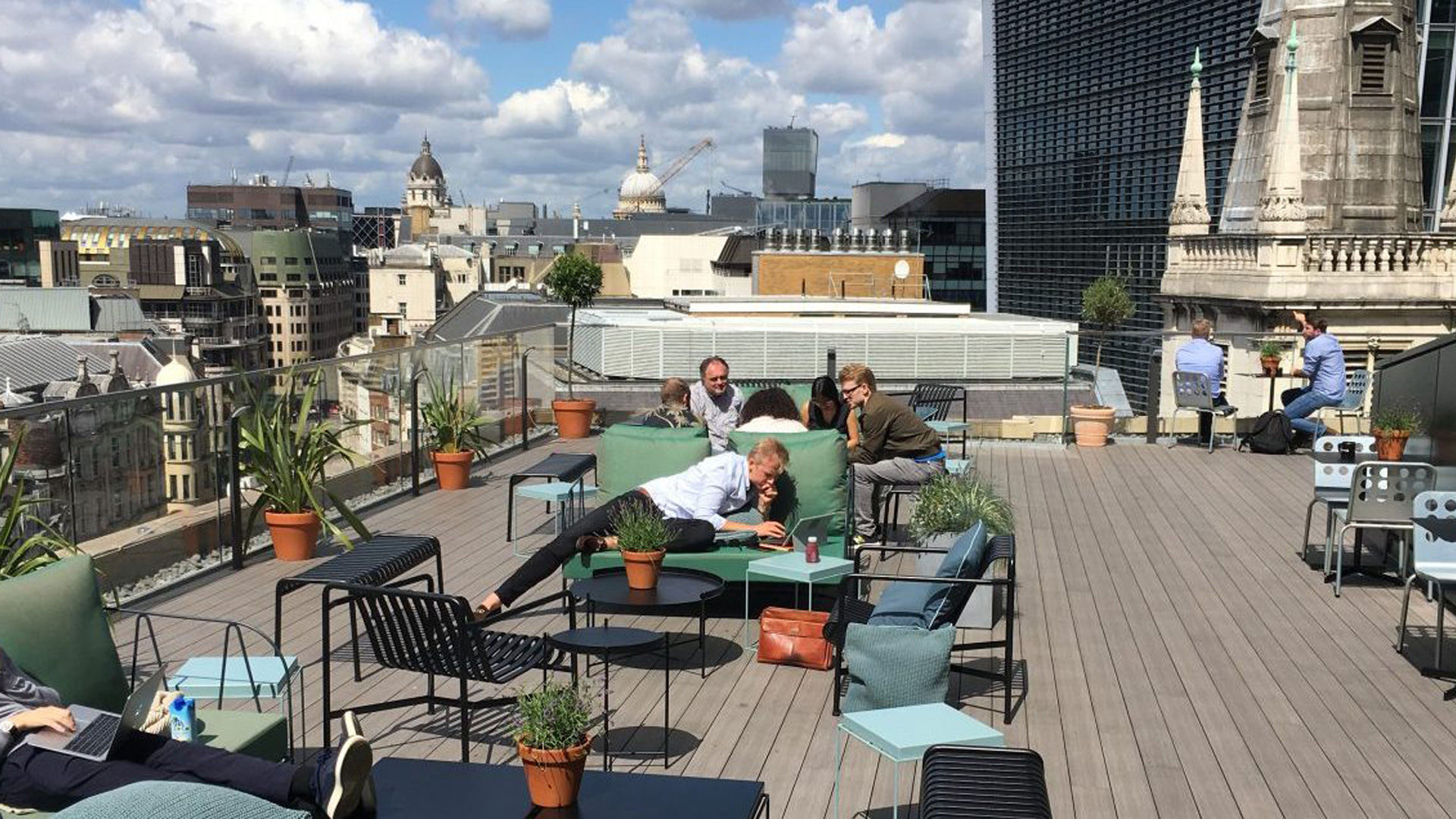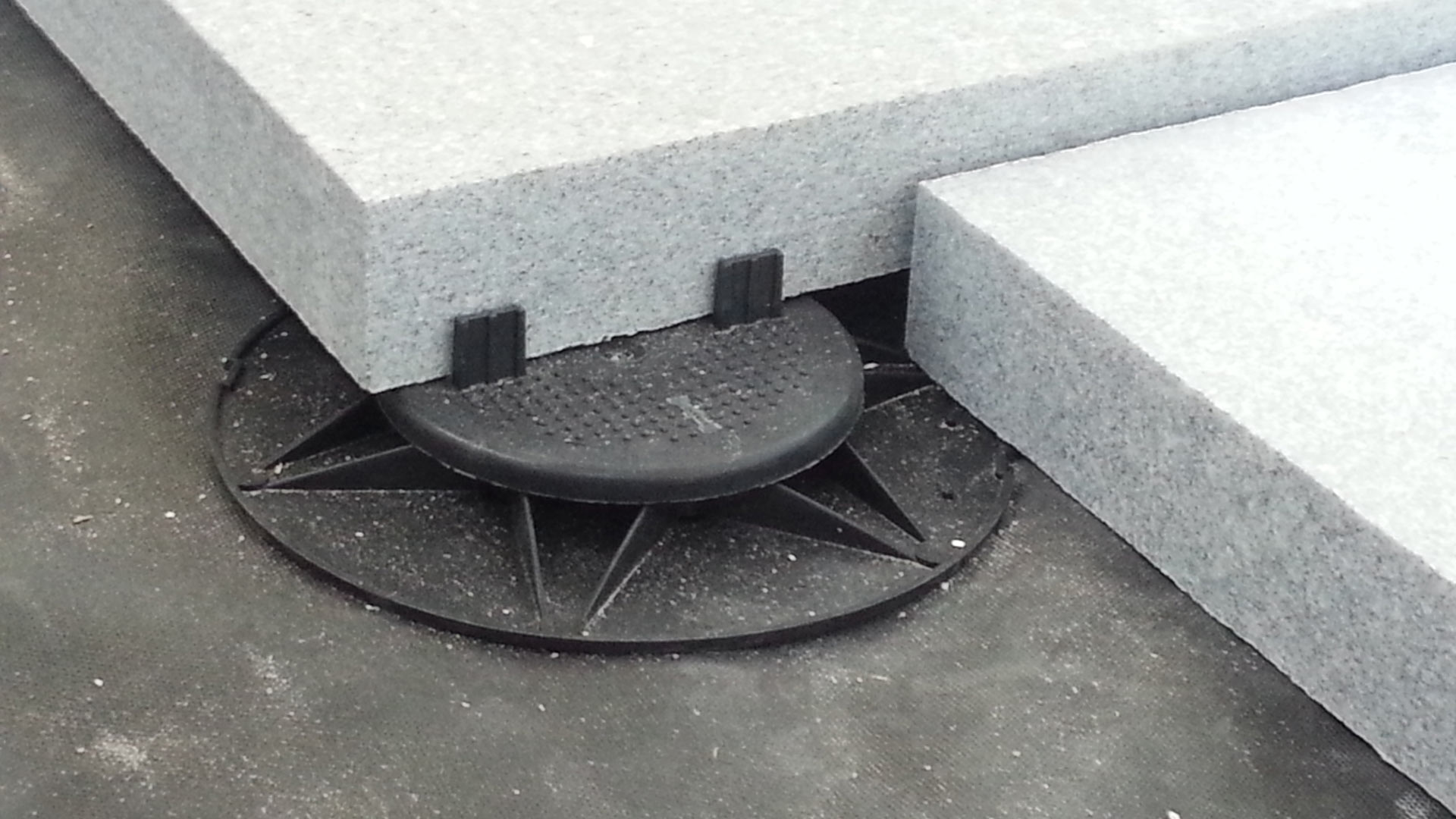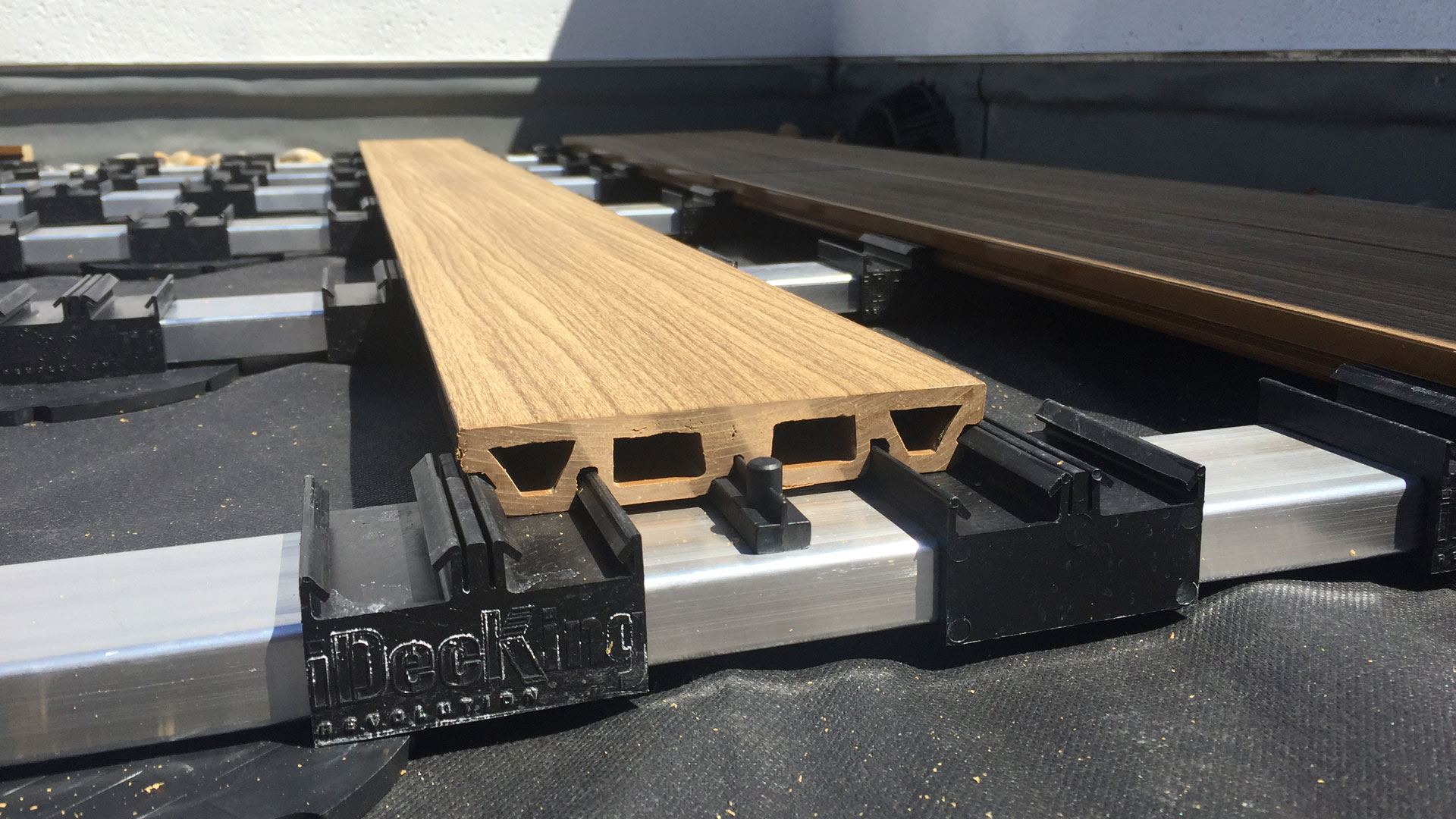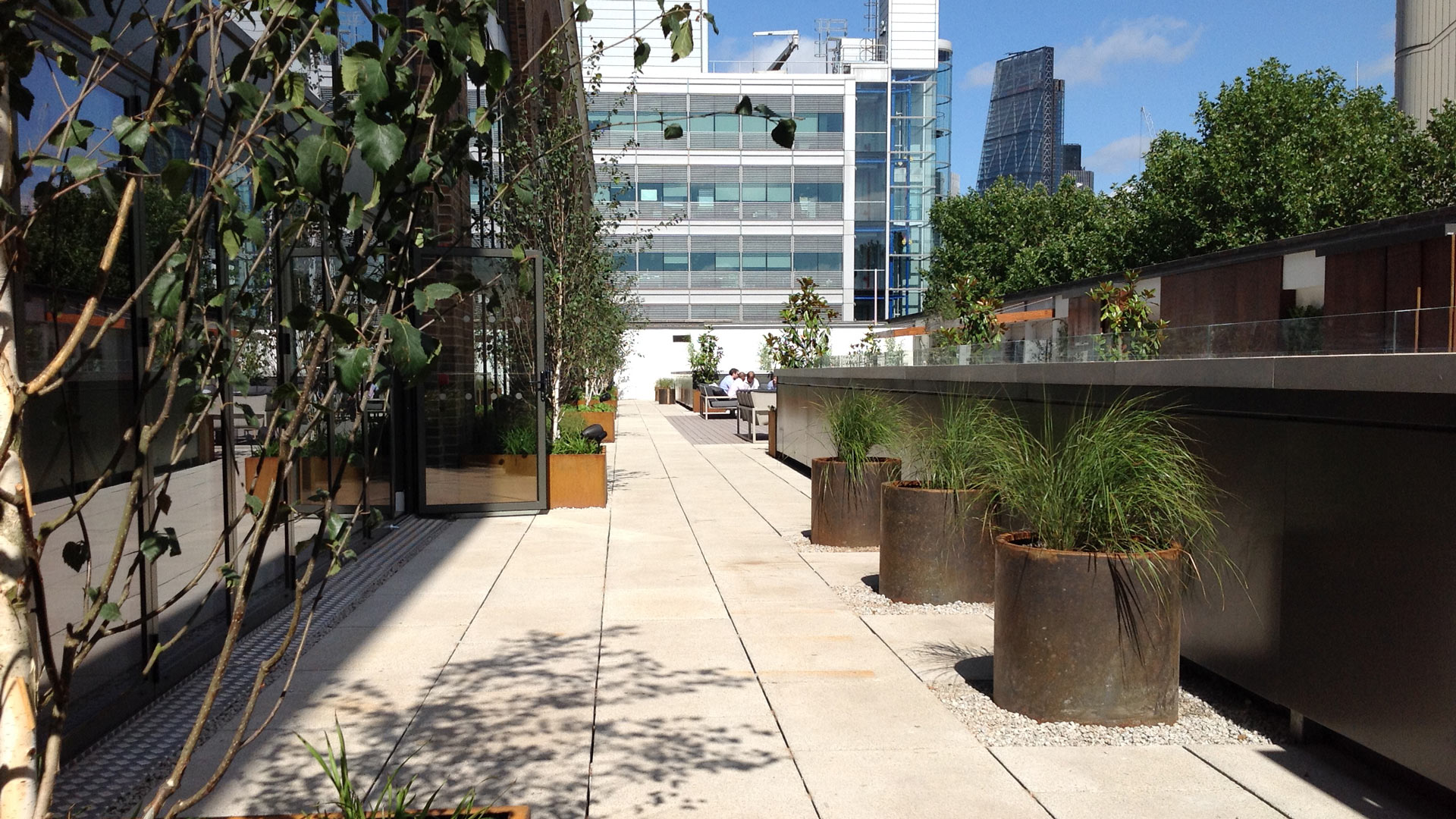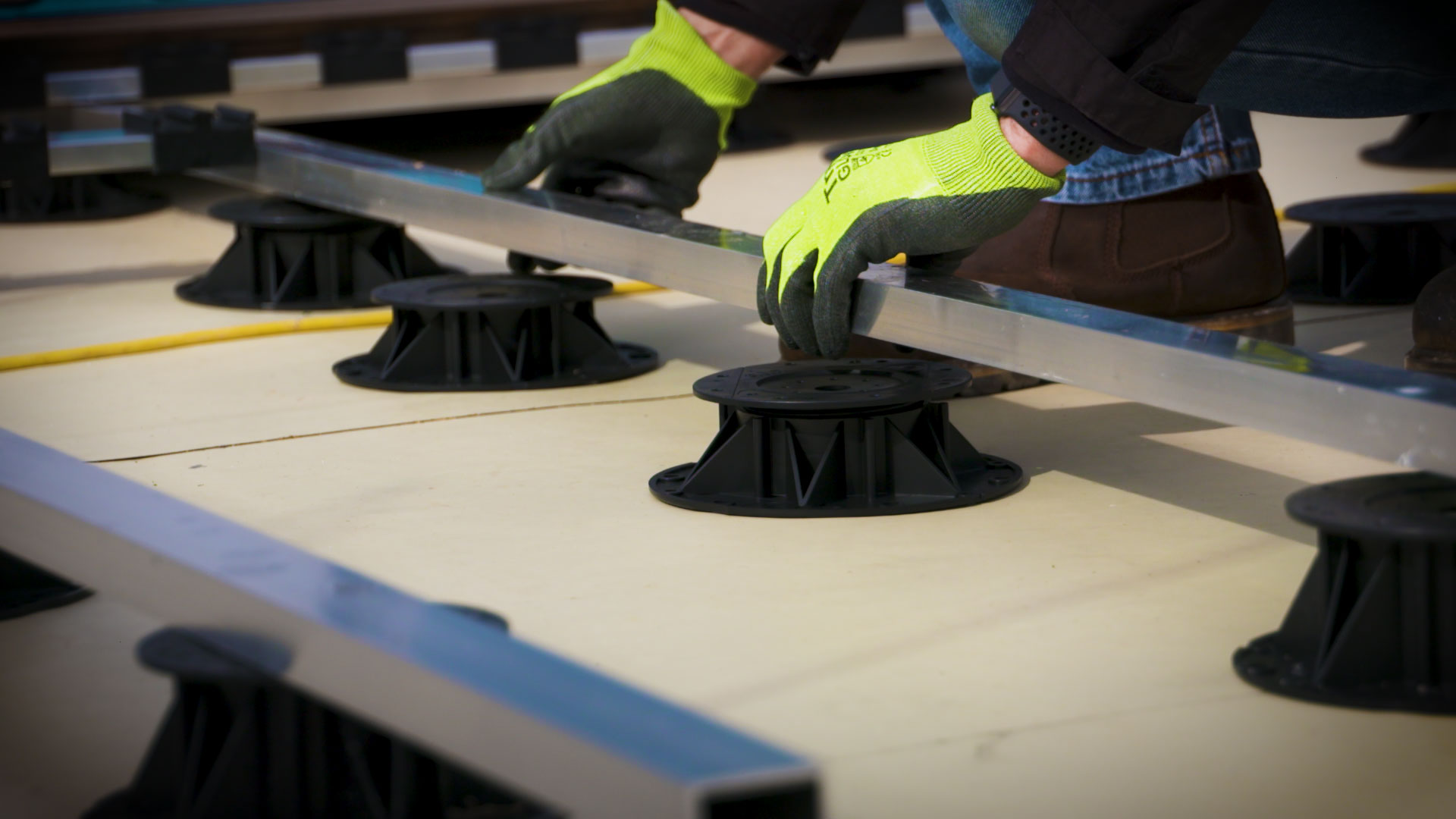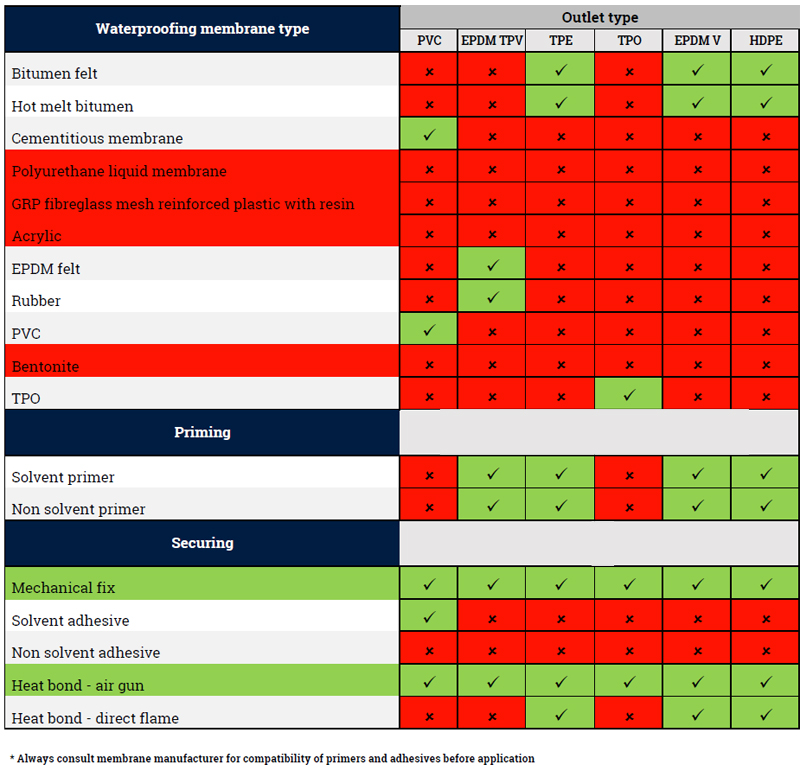As the construction industry in the UK continues to evolve towards safer and more sustainable practices, fire safety has become one of the most scrutinised elements in both building design and material specification. This is especially true in commercial settings, where high occupancy levels, structural complexity, and strict legal obligations necessitate a robust approach to fire prevention.
One increasingly vital area of focus is decking systems used in rooftop spaces, balconies, podium terraces, and public-access commercial zones. With new regulations driving the demand for non-combustible materials, fire-rated decking has emerged as a practical and high-performance solution to enhance overall building safety.
At Wallbarn, our range of fire-rated decking systems and supports is engineered to meet the latest UK building regulations, while still offering the design flexibility and durability required for modern commercial environments. In this article, we explore how fire-rated decking contributes to safer commercial buildings and why it’s an essential consideration for architects, developers, and contractors alike.
The Role of Decking in Commercial Building Design
Decking is no longer just a feature of residential gardens and patios. In commercial developments, decking is used to create functional and attractive outdoor environments, including:
-
Rooftop terraces for office buildings and hotels
-
Walkways and breakout spaces for staff or customers
-
Communal gardens and green roof systems
-
Access platforms on podium decks or over waterproof membranes
-
Restaurant and leisure area flooring
These elevated outdoor spaces must be constructed to the same high safety standards as internal floors. That includes accounting for fire performance, particularly in multi-storey or high-rise environments.
Understanding the Fire Risk
In commercial settings, especially buildings that house large numbers of people, the risk of fire must be considered at every stage of design and construction. Decking components — especially those made from timber, plastic, or wood-plastic composites (WPC) — can act as fuel in the event of a fire. Additionally, the voids underneath decking can allow fire and smoke to spread quickly if not properly managed.
Commercial buildings with green roofing installations may also include hardscaped pathways or terraces within the design. If these paved or decked zones are built using combustible materials, they could compromise the entire structure’s fire safety strategy.
By switching to fire-rated decking systems, specifiers can dramatically reduce the risk of fire ignition, spread, and structural damage.
What Is Fire-Rated Decking?
Fire-rated decking refers to outdoor decking products that have been tested and classified as non-combustible or of limited combustibility in accordance with recognised fire safety standards. In the UK, this usually means meeting the requirements of the Euroclass A1 or A2-s1,d0 rating under BS EN 13501-1.
To achieve this, decking boards and their underlying pedestals or support structures are manufactured using fire-resistant materials such as aluminium, steel, or specially formulated ceramic finishes.
Wallbarn’s fire-rated systems range includes innovative non-combustible decking options and compatible support pedestals designed to provide maximum fire protection for commercial and high-rise developments.
Benefits of Fire-Rated Decking in Commercial Buildings
1. Compliance with UK Building Regulations
Recent updates to Approved Document B of the Building Regulations mandate the use of non-combustible materials in the external walls and attachments (including balconies and roof terraces) of residential buildings over 11 metres in height.
Although the legislation primarily targets residential towers, many commercial projects now voluntarily adopt similar standards to ensure maximum safety and mitigate risk.
Fire-rated decking ensures compliance and reduces the chance of project delays or costly remedial works down the line.
2. Reduced Fire Spread and Improved Containment
In the event of a fire, non-combustible decking will not ignite, melt, or drip. This helps to contain the fire to its origin and protects adjacent structures and roofing elements.
This is particularly critical in roof terraces that form part of a larger intensive green roof or commercial podium deck, where decking can be close to combustible plant matter, soft landscaping, or public walkways.
3. Enhanced Structural Safety
Fire-rated decking retains its structural integrity when exposed to high temperatures. Traditional timber or WPC decking may warp, disintegrate, or collapse under fire, potentially putting building users and first responders at risk.
With aluminium or ceramic fire-rated decking systems, you maintain a safe walking surface that can withstand emergency access during a fire event.
4. Greater Design Freedom
Contrary to popular belief, opting for fire-rated materials doesn’t mean compromising on style. Wallbarn’s systems are available in sleek, contemporary finishes that replicate the look of natural timber or stone, making them ideal for commercial settings that prioritise both safety and aesthetics.
These decking solutions work seamlessly with modular paving supports, porcelain tile systems, and green roofing features to create unified, high-performance outdoor spaces.
5. Futureproofing and Insurance Benefits
Fire-rated construction materials are fast becoming the industry standard. Choosing non-combustible decking now helps futureproof your building against changes in legislation, and may result in lower insurance premiums thanks to reduced fire risk.
Fire-Rated Decking and Green Roof Compatibility
Fire-rated decking plays a significant role in the safe integration of hard surfaces into green roof systems. Green roofs, whether extensive or intensive, frequently include service routes, communal terraces, or designated footpaths laid with decking or paving on support pedestals.
Using non-combustible pedestals and fire-rated decking within these build-ups ensures the entire system complies with relevant fire safety regulations, without compromising on biodiversity, drainage, or visual appeal.
Wallbarn’s comprehensive system offering ensures all components — from the base to the finished surface — work together to deliver both ecological and fire-safe solutions.
To explore compatible systems for your next green roof or commercial terrace, visit our fire-rated systems page.
Key Considerations When Specifying Fire-Rated Decking
When specifying decking for commercial applications, consider the following:
-
Fire classification: Ensure the product achieves Euroclass A1 or A2-s1,d0.
-
Material type: Favour metal, ceramic, or mineral-based boards over timber or plastic.
-
Support system: Confirm that pedestals and subframes are also fire-rated.
-
Load capacity: Choose systems designed for high footfall and commercial weight-bearing requirements.
-
Integration: Ensure compatibility with other systems, such as paving supports, rainwater drainage, or green roofing membranes.
Wallbarn’s technical team is available to advise on compliant system build-ups tailored to your project’s fire and structural requirements.
Conclusion: Building Safer Spaces from the Ground Up
In commercial buildings, every material choice matters — and decking is no exception. By specifying fire-rated decking and support systems, specifiers and developers can make a significant contribution to a safer built environment, one that protects people, property, and investment.
Wallbarn offers a leading range of fire-rated solutions that combine non-combustible performance with innovative design and straightforward installation. From rooftop terraces to public realm podiums and green roof integration, our systems provide peace of mind without compromising on functionality or appearance.
Take fire safety seriously — start from the top, and choose decking that delivers.


